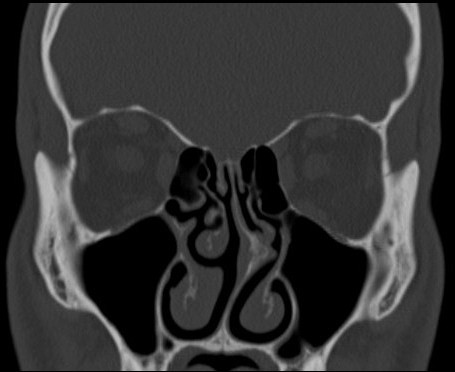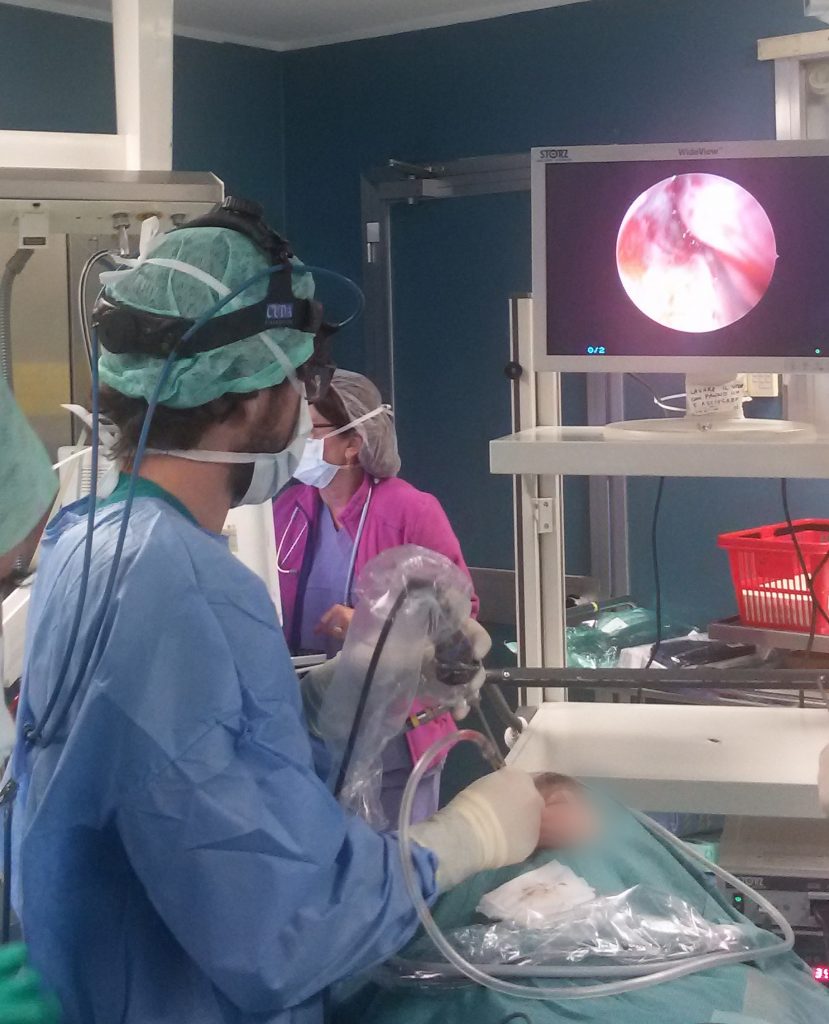
Today we talk about settoturbinoplastica, l ’ intervention that is used to correct the deviations of the nasal septum (septoplasty) and to decongest the nasal turbinates (turbinoplasty)
First of all let's see some small hint of Anatomy: nasal septum divides the two nasal cavities by adjusting and optimizing ’ d ’ air flows that pass all inside of the nasal cavities, consists of a cartilage (the quadrangular cartilage of the nasal septum) and two bones (the vomer and perpendicular plate of ethmoid ’). Osteo-cartilaginous skeleton that is covered by a fibrous film (perichondrium and periosteum) in turn covered with mucosa.
The nasal septum as well as a functional role (optimize ’ nasal air flow d) also has a structural role holding the tip of the nose. The removal in toto of the nasal septum has so disastrous effects both for breathing that becomes extremely difficult for the formation of abundant crusts that from an aesthetic point of view, for the down fall of the tip of the nose.
To correct deviations of the nasal septum is appropriate to remove the portions of cartilage and bones representing the deviation, preserving the anterior portion of the nasal septum mucosa and that “supports” the tip of the nose.

There are several surgical techniques of settoturbinoplastica, with aid of endoscope that without. The technique used may depend on the type of septal deviation and the surgeon's ’ abitutidine.
In the experience of the Department of Otolaryngology at the Niguarda hospital only endoscopic technique (made all employing l ’ endoscope, tool that allows you to see all the internal ’ of the nasal cavities) septal deviation is reserved for not involving the anterior portion of the nasal septum. In other cases there is a traditional approach, with display from external ’ and l ’ endoscope is used only in some passages of ’ intervention.
To reduce the risk of sinechia (abnormal internal scarring) parasettali plates are placed (thin sheets of plastic material), that are removed after 10 days.
The project involves general anesthesia and lasts from 40 to 80 minutes. And’ routine intervention that has a low rate of risks and complications. And’ However a surgical procedure and some risks are possible: l ’ general anesthesia can cause adverse reactions (rare); every surgical procedure weakens a little’ the body is more exposed to infections and postoperative, both nasal passages that do not; the nasal mucosa can bleed. And’ need a night's shelter after ’ surgery
At Niguarda hospital in Milan, After septoplasty surgery ’, nasal swabs are placed. Uses tampons made from soft sponges, covered with plastic film. Their removal is almost painless, In fact, Thanks to new materials, the swabs glide very well and their removal is always smooth and rapid.
Postoperative pain is very limited or, often, absent. The swelling associated with injury of ’ intervention, the scabs that form and mucus produced, make nasal breathing very very dim and you have a feeling of “full nose”, very similar to a bad cold. After about 10 days, removed the parasettali plates (quick and painless) and made the first dressing, We begin to appreciate the benefits of ’ intervention and improvement of breathing. The maximum benefit is reached about 1 month after ’ surgery.









